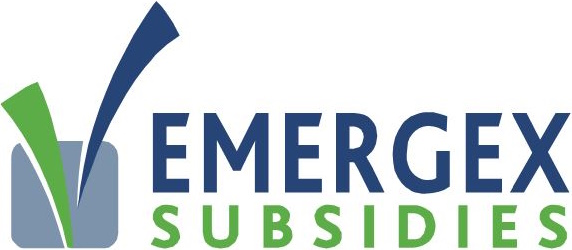Typical eligible activities :
- Cloud/SaaS platforms that embed AI to drive workflows (routing, dynamic pricing, anomaly detection).
- AI-powered recommendation engines for e-commerce (personalization that lifts conversion/LTV).
- Machine-learning models for customer analytics (propensity, churn, CLV) used in production decisions.
- Cybersecurity with AI (threat scoring, intrusion/anomaly detection, automated response).
- NLP chatbots/assistants for service (intent detection, workflow automation, Retrieval-Augmented Generation or RAG).
- Computer vision for catalog integrity or quality control or QC (classification, defect detection).
- MLOps/integration that productizes models (data pipelines, monitoring, continuous integration and continuous delivery or CI/CD) tied to a deliverable for a third party or a product to be sold.
Usually not eligible:
Routine “maintenance/evolution” on an existing SaaS or software—e.g., patching vulnerabilities, upgrading libraries, fixing bugs, minor performance tuning, or re-indexing databases—even if you use AI tools to do it. Under CDAEIA, maintenance, day-to-day operations, and first-level support are excluded; only significant AI integration that creates new capabilities tied to a deliverable qualifies.
What types of AI activities are required for the CDAEIA?
CDAEIA focuses on significant, production-oriented AI that automates or materially improves e-business processes. Typical eligible activities include:
- Predictive analytics that drives sales forecasting and inventory planning
- Recommendation engines that personalize experiences in SaaS or e-commerce
- Fraud detection and risk scoring embedded in fintech workflows
- Computer vision that enforces catalog quality or detects defects
- NLP chatbots/assistants with intent detection and workflow automation
- MLOps integration—data pipelines, model deployment, monitoring, and retraining—when tied to a deliverable for a third party or a product to be sold
Reviewers from Investissement Québec look for strong evidence that AI changes capabilities and is supported by documentation of models, datasets, and impact. Routine maintenance, basic automation, or ops-only tasks generally do not qualify unless they produce new, demonstrably AI-enabled functionality. Evidence of business outcomes and client deliverables materially strengthens demonstrable eligibility.
There are far more nuances—contact us for a free consultation.
Expenses eligible for the CDAEIA
Turn your AI payroll into cash. The CDAEIA is a tax credit that covers 30% of your eligible expenses—putting money back into the business while you build.
Eligible at a glance:
- Salaries for employees doing e-business or AI development
- A portion of subcontracting tied to AI mandates
- Certain benefits linked to eligible employees
Quick math:
An AI developer earning $80,000/year can generate a $18,500 tax credit at 30%—one role, real cash-flow impact.
Want the full picture on what your team and subcontrators could return? Contact us—we will map your projects and surface every eligible dollar.
CDAEIA tax credit rates
| Category | Credit rate | How it actually applies |
|---|---|---|
| Eligible salaries | 30% | Split between a refundable part and a non-refundable part based on your fiscal-year start (for 2025, 23% refundable + 7% non-refundable; later years trend toward 20%/10%). |
| Exclusion per employee | ~$18.6k/yr | Portion of salary of each employee that is not eligible to the credit |
| Transition rules | CDAE → CDAEIA | Must show significant AI integration (not superficial) + obtain company and employee attestations before filing. |
Nuances that change your cheque
- Year-based split: The 30% is not all refundable. Your fiscal-year start determines the refundable vs non-refundable split.
- 6-employee continuity: You must keep ≥ 6 eligible employees at all times in the year; short dips can jeopardize the claim window.
- Rate-halving trap: If ≥ 50% of certain NAICS revenue is from related parties for applications used exclusively outside Québec, the credit is cut in half.
- Stacking/assistance offsets: Grants, wage subsidies, or other government assistance reduce the claimable base. Shareholder-designated salaries are excluded.
- Salary distribution: Plan carefully your projects to distribute salaries on a few roles—2 employees with 75% eligibility is better than 3 employees with 50% eligibility as you would lose the tax credit for all 3.
Example (quick math):
($80,000 eligible salary – $18,600 reduction) X 30% = $18,420 total credit. If your year’s split is 22% refundable / 8% non-refundable, cash component = $13,500; tax-reduction component = $4,920 (before any offsets or pro-ration).
🔖 Bookmark this page and check back often—we update rates/splits and edge-case rules after each Budget and Investissement Québec bulletin. If you want us to simulate your exact refund (with splits, caps, and offsets), contact us for a 30-minute review.


